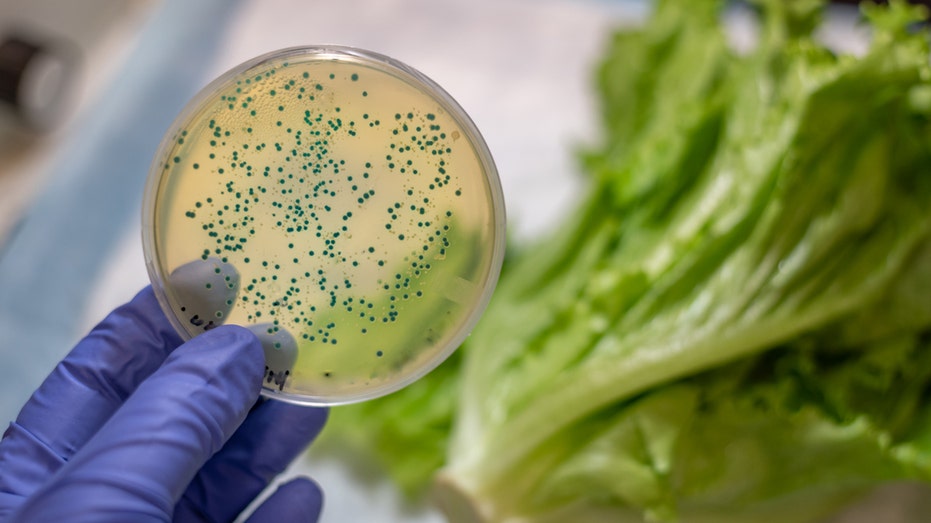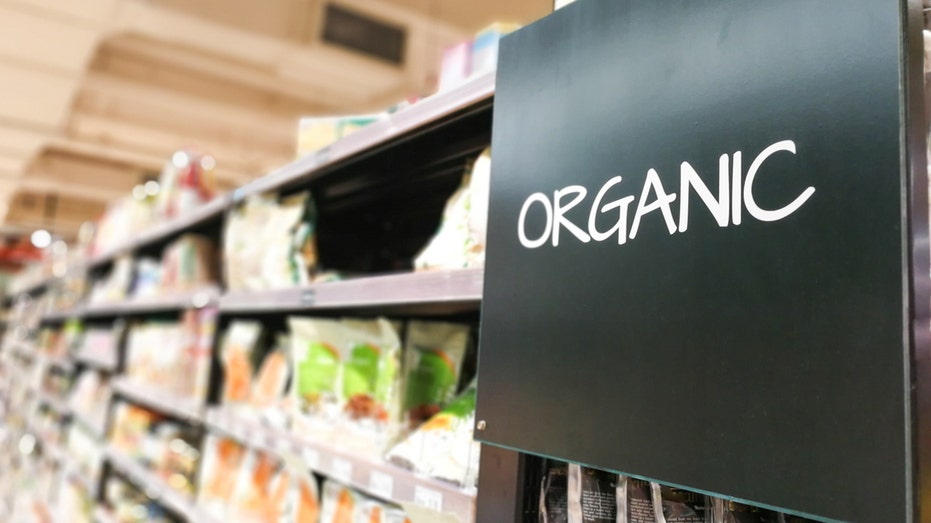Categories of food recalls issued by the FDA

New Yorkers are feeling the pinch in their pockets after a listeria outbreak affected 7 million pounds of cold cuts. (Credit: WNYW)
The US Food and Drug Administration (FDA) is responsible for managing many food recalls. Processed meat, poultry and egg products are regulated by the US Department of Agriculture.
Food recalls are issued when a product violates FDA guidelines.
There are several ways that the FDA is notified that a recall should occur. Another is if a manufacturer encounters a defect in its product and contacts the FDA, according to FindLaw.com.
The US Food and Drug Administration is issuing many food recalls. The only foods they do not control are meat, poultry and processed egg products, which are approved by the US Department of Agriculture. (iStock / Stock)
CAUSES OF RISK A PRODUCT RECALL; STEPS YOU CAN TAKE AS A BUYER
Additionally, the FDA may receive reports from consumers, reporting health problems related to a product, or the Centers for Disease Control may identify a recurring health problem related to a product regulated by the FDA, per source.
Finally, FDA staff can inspect a manufacturer’s equipment and determine whether there may be a problem with the product being manufactured, according to FindLaw.com.
Product recalls administered by the FDA are divided into different categories, depending on the severity of the health effects the product may cause to consumers.

There are several ways the FDA is notified of a product recall. It can appear in consumer reports, or a notice from the manufacturer. (iStock / Stock)
THESE FOOD RECALLS SHOULD AWARE ALL AMERICAN CONSUMERS AND ARE LINKED TO SERIOUS ILLNESS, DEATH.
Read more about the different types of FDA recalls below.
- I remember the class
- Class II remember
- Class III remember
1. I miss the class
The class I recall is defined by the FDA as “a situation where there is a reasonable possibility that use or exposure to the offending product will cause adverse health effects or death.”
This is the most difficult type to remember.
One example of a situation where a Class is released that I can remember is when the FDA finds a drug dangerous.

The FDA divides recalls into one of three categories. (iStock / Stock)
PET FOOD RECALLS DUE TO SALMONELLA, LISTERIA CONTAMINATION
2. Class II remember
A product classified under a Class II recall may still be harmful to consumers, but it is less serious than a Class I recall.
A Phase II recall is “a situation where use or exposure to an offending product can cause temporary or medically reversible health effects or where the likelihood of adverse health effects is remote,” as defined by the FDA.
If the product you have is subject to a Phase II recall, check the FDA website for more information.

Many times, consumers can take their returned product back to the store for a refund. (iStock / Stock)
OTHER DEATH LINKED TO BOAR’S HEAD DELI MEAT REMEMBER
You can return the product for a full refund.
3. Class III remember
Class III recalls are the least of the three.
“A situation where use or exposure to an offending product will not cause adverse health effects,” according to the FDA.
Examples of a situation that could result in a Class III recall would be a non-natural product labeled as natural, or a product that shows an incorrect weight on its label, according to the North Carolina Department of Health and Human Services.

A Phase III recall may include mislabeled product, such as one that is classified as organic when it is not. (iStock / Stock)
GET FOX BUSINESS ON THE GO BY CLICKING HERE
When it comes to food recalls, in addition to being listed on the FDA website with more information, they are often announced in the media as well.
Additionally, consumers can view past recalls on the FDA site. Previous recalls of up to three years are available before they are archived.
Source link




